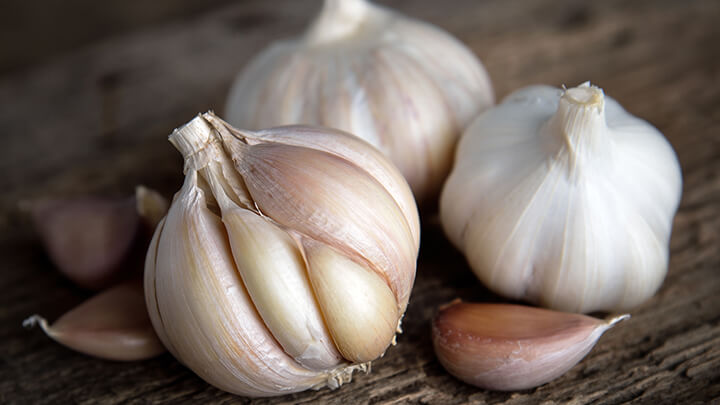Despite our best efforts, things occasionally get out of control. When you brought someone home, things quickly became steamy, leaving the "safe" part of sex in the dust.
You are still reminded of that risqué encounter without a condom and how you must have escaped an STD shot. You were terrified that you would develop a wide range of dreadful genital disorders and other unpleasant symptoms brought on by the worst possible sexually transmitted diseases (STDs). But as the days passed and nothing happened, it appeared that you had gotten off easy.
Unfortunately, that may not actually be true. Trichomoniasis is one of the most common STDs on the planet, and it’s often super difficult to diagnose. Most people who contract trichomoniasis don’t exhibit any discernible symptoms, but that doesn’t mean they’re not carrying the infection. Read on to find out whether you might have trichomoniasis, what to look out for and how to treat it.
What is trichomoniasis?
Trichomoniasis is caused by a microscopic parasite called a trichomona, not visible to the naked eye. The parasite is passed on during sex via semen, vaginal fluids and basically anything that can cross between two people during the course of a late-night romp. The incubation period for the parasite is thought to occur between five and 28 days, so it could be close to a month before someone begins to experience symptoms.
As far as risk factors go, obviously the more sexual partners you’ve had, the higher your risk of trichomoniasis is. If you have a history of STDs, your chance of getting trichomoniasis elevates considerably. And while using a condom can lower your risk of contracting “tricho,” it doesn’t necessarily guarantee that you’re completely protected.
What are the signs you might have trichomoniasis?
So what should you be looking out for? How do you know if you’re suffering from trichomoniasis, if most people don’t even experience any symptoms?
Obviously, if you’ve had unprotected sex and you simply want peace of mind, the best thing you can do is pop down to your doctor to get tested. Even if you’re not experiencing STD symptoms, parasitic infections like trichomoniasis aren’t something you’re going to want to be carrying around all your life… especially if you care about your current or future partner!
But while many people don’t show any outward signs of infection, plenty of others are experiencing symptoms loud and clear. In women, the signs of trichomoniasis include:
- Discolored vaginal discharge, ranging from gray to green (it can also take on a “frothy” texture)
- Foul smelling vaginal discharge
- Blood in vaginal discharge
- Swelling around the groin and vagina
- Itching and/or irritation in and around the vagina
- Discomfort or pain during sexual intercourse
- A burning sensation or pain while urinating
- A constant urge to pee
Most of these symptoms are associated with vaginitis, which trichomoniasis is known to cause. The symptoms can vary considerably over time, often going away completely for short periods then returning at full-throttle without warning. This can make it difficult to self-diagnose.
Symptoms of trichomoniasis are even rarer in men than in women, but they can still happen. Here are the most common signs of trichomoniasis infection in men:
- Irritation inside the urethra
- Burning during urination or after ejaculation
- Discharge from the penis
If you’re a guy, you’d probably notice these symptoms pretty darn quick… especially the discharge part!
How to treat trichomoniasis
The most powerful and effective treatment for trichomoniasis is a strong course of antibiotics, which is exactly what your doctor will prescribe if tests indicate positive for a trich infection. But I’m personally not a fan of antiobiotics, as they’ve gone a long way towards ruining my health by messing up my gut microbiome, yellowing my teeth and impairing my immune system. There’s a time and a place for antibiotics, and that place is as a last resort.
If you don’t think you’ve reached that point, it might be worth giving some home remedies a try. Most are gentle and safe to use, and often don’t present the same extreme side effects that antibiotics produce. Here are a few home remedies for trichomoniasis that might be worth giving a shot.
Tea tree oil

Tea tree, otherwise known as melaleuca, is a power antimicrobial essential oil that has been used to great effect in the treatment of a wide range of infections and parasites. Studies show that tea tree oil can kill a wide range of bacteria, protozoa and yeasts, so it’s no great surprise that it may also provide an effective treatment for trichomoniasis, which resides within the protozoa phylum.
To use tea tree oil to treat trichomoniasis, start with only one or two drops diluted with a carrier oil like coconut oil, and apply to one small area of the affected genitals. If no adverse reaction occurs, continue to apply the diluted oil multiple times a day, or mix up a solution of tea tree oil and water to use as a douche.
Garlic

Like tea tree, garlic is a proven natural antimicrobial agent. Therefore, it may help treat or even completely kill off a trichomoniasis infection. While you could consider obtaining fresh garlic juice and preparing a douche to rinse out the affected area, the safest approach is either to increase your garlic consumption each day or to find a high-potency garlic supplement that contains plenty of allicin, garlic’s therapeutic active ingredient.
